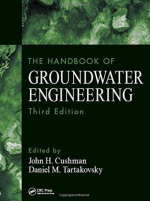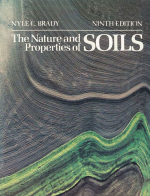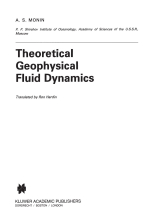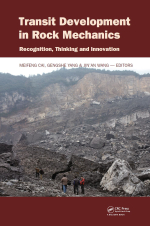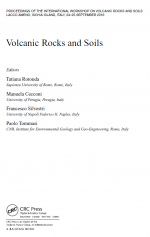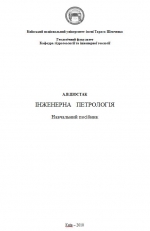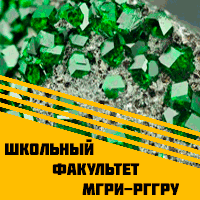Preferring to leave history to the historians of science, we will not present here a historical survey, but rather will only cite some examples of priorities during the course of the book. We will just note that separating geophysical fluid dynamics from general fluid dynamics was a risky step to take, since it could well have cut the field off from general science by creating a specialized jargon that was incomprehensible to the uninitiated. Pseudosciences can thrive and flourish on such soil over an area which is vast but which fails to reach any heights. This has occurred, for instance, in meteorology (here we do not include atmospheric physics), in which interest in astrological techniques for weather forecasting periodically rears its head (even now unverifiable forecasting methods 'for the season' are still used), in the agricultural sciences, in pedagogy, etc. However, things are quite different if, in an important sphere of knowledge, there is a solid nugget of seriousness, requiring a special study of the material and the creation of new concepts (the creation of new concepts goes deeper than just the recognition of patterns; it is the very basis of scientific creativity, distinguishing the investigator from the computers of the foreseeable future), and if, basing itself on these concepts, the new science contacts and interacts with other branches of knowledge and becomes generally used. <...>


